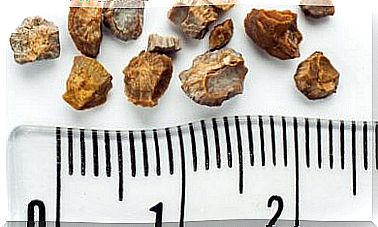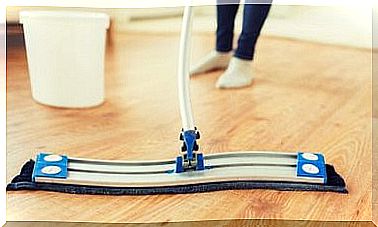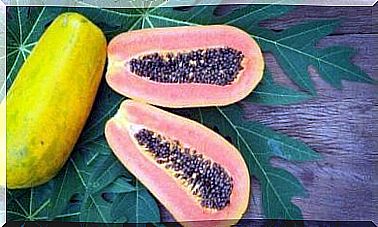How To Grow Sage, The Women’s Plant
Do you want to find out how to grow salvia at home? It is one of the best known aromatic plants thanks to its many benefits; being appreciated since antiquity.
The very word “salvia” comes from the Latin and is associated with “health”, and with those known benefits capable of providing general well-being; and, above all, to take care of many aspects related to women.
Its essential oil has been used for a long time to relieve menstruation pain. It is also relaxing, and if consumed as an infusion, it can act as an excellent natural remedy.
Nor should we forget that salvia is an excellent remedy for menopause and all its associated symptoms (insomnia, night sweats, nervousness).
Growing salvia at home would be of great help. Would you like to plant it? You will be delighted to see her grow up; moreover, you can use it to prepare infusions or relaxing baths for menstrual pain.
Ready to find out how to grow salvia at home? Too easy!
Advice for Growing Salvia at Home

Many consider her “the queen” of aromatic plants. In fact, the Romans called it a “sacred herb” because of its multiple benefits.
Another positive aspect of this perennial herb with its beautiful purple flowers is that it adapts well to many types of soils. However, we cannot forget that its origin is Mediterranean; so it will grow much better in lands that are a little drier and limestone.
Can we plant salvia in a stake? Of course, if the stakes are very long and with a lot of soil, it is possible to get a good sage crop. We’ll explain everything below.
What do I need to grow salvia?
- Large pots with a depth between 30 and 40 centimeters. Salvia roots are long; therefore, you need containers with a lot of capacity.
- In florists or specialty stores you can find sage seeds or cuttings ready to plant.
- The best option? The stakes. Seeds force us to plant them first in smaller pots; then you have to wait for the plant to come out, and then move the seedling to a larger pot.
- Sage is a plant that needs light and heat. Also, they like dry land; therefore, place them in the garden or porch.
- Choose a soil that contains nutrients, preferably clay, and that can be enriched every month with organic substances and minerals.
- Do not overwater, as the most important thing for salvia is to be able to enjoy light and a dry environment.

How should I plant my salvia cuttings or seeds?
- The time of year to plant salvia will be in spring; so that growth and flowering coincide with the hottest times.
- As we indicated earlier, if you choose to plant seeds you must first choose small pots; and after the seedling emerges, transfer it to a pot with the indicated measurements: a depth of 30 or 40 cm.
- First, make a drainage system at the bottom of the pot. Just add a little gravel so that the water does not accumulate and it can come out more easily.
- Fill the pots with soil enriched with organic fertilizer, which contains potassium, nitrogen and phosphorus.
- Plant the cutting taking care to keep the root completely covered, it is the most important part of the plant and the one that will reach the greatest depth.
- How often should I water the sage plants? Just once a week.
- However, the most important thing is to protect the salvia from the wind, and keep it in a place where it receives sunlight. It is ideal, for example, to stand behind a window in the living room or kitchen.
- Herbal medicine specialists recommend harvesting the sage leaves before the flower comes out. That’s when you’ll pick the sprigs you’ll need to place in a cool, dry place where no light shines. Once dry, store them in a glass jar for when you need them.
What are the benefits of sage infusion or baths?

- Relieve gastritis.
- Regulate sweating (for example, during menopause and during hot nights).
- Improve digestion.
- Given salvia’s digestive and cleansing benefits, it is very common to use its infusion as a medicinal supplement in diets to straighten the belly.
- Avoid gases.
- Fight gingivitis by gargling.
- Lower the fever.
- It is a drink with many nutrients : vitamin B and vitamin C.
- Strengthens the immune system.
- Reduces headaches and cramps during menstruation.
Salvia contraindications
- It is not suitable for people who suffer from kidney failure.
- Pregnant or lactating women cannot consume salvia.









